The Amazon region is at risk and, as a result, so too are the well-being of Indigenous communities, the world's biodiversity, and even a potential cure for the COVID-19 pandemic.
Through the month of October alone, the region saw more than 17,320 fires; meanwhile, Indigenous communities are finding themselves particularly hard hit by the coronavirus.
The situation is so bad that more than 60 non-governmental organizations (NGOs) recently signed a moratorium on the deforestation on the Brazilian Amazon — demanding five emergency measures to contain the deforestation crisis in the Amazon rainforest, including the establishment of a ban on logging for at least five years.
Artists also united for the region this year: Artists United for Amazonia was a special digital show to support the Amazon Emergency Fund, an Indigenous-led effort providing rapid response grants across the Amazon to address the pandemic. Barbra Streisand, Ricky Martin, and Greta Thunberg were just some of the artists and influencers who participated in the event.
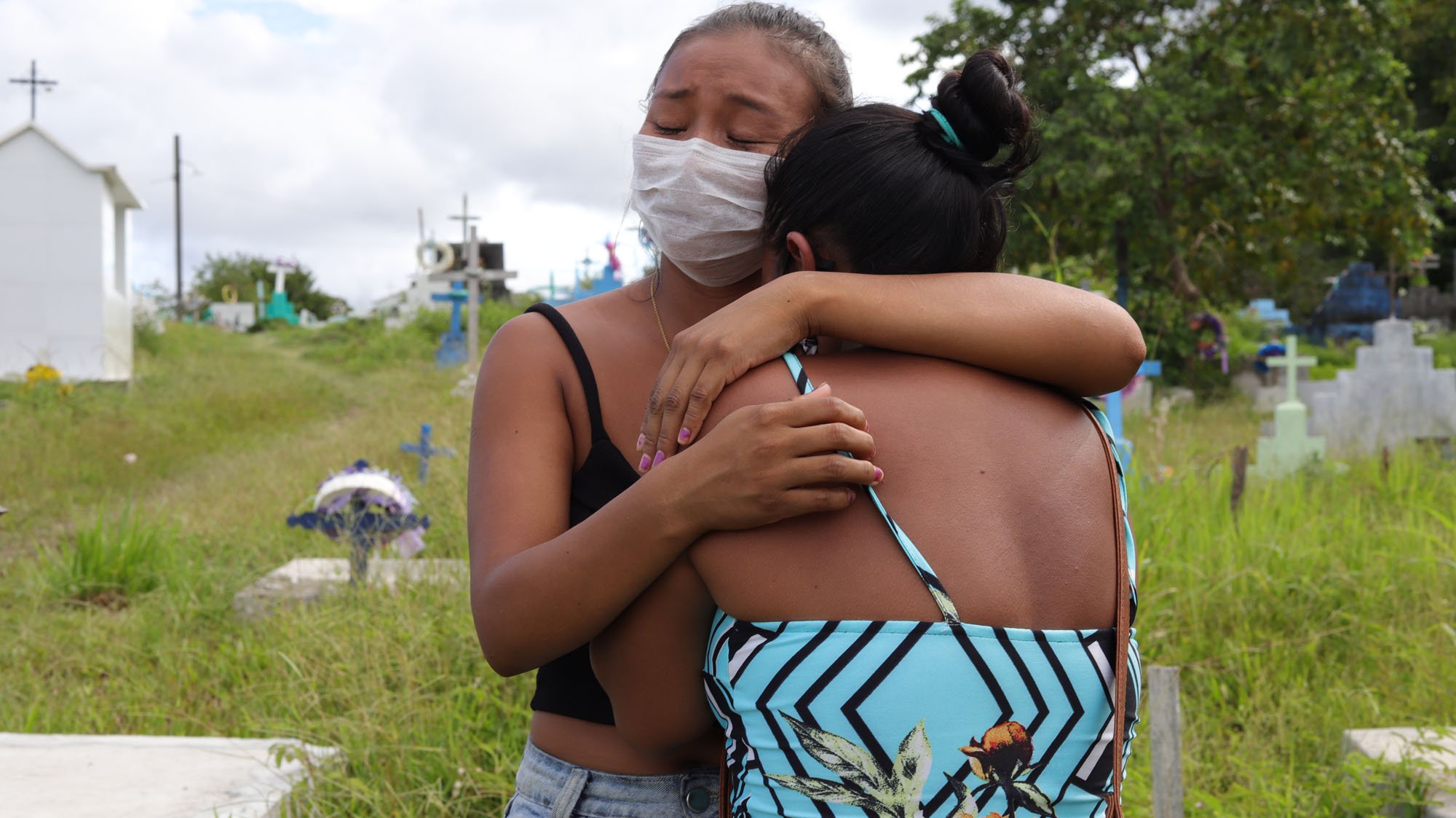 Indigenous funeral in Brazil.
Indigenous funeral in Brazil.
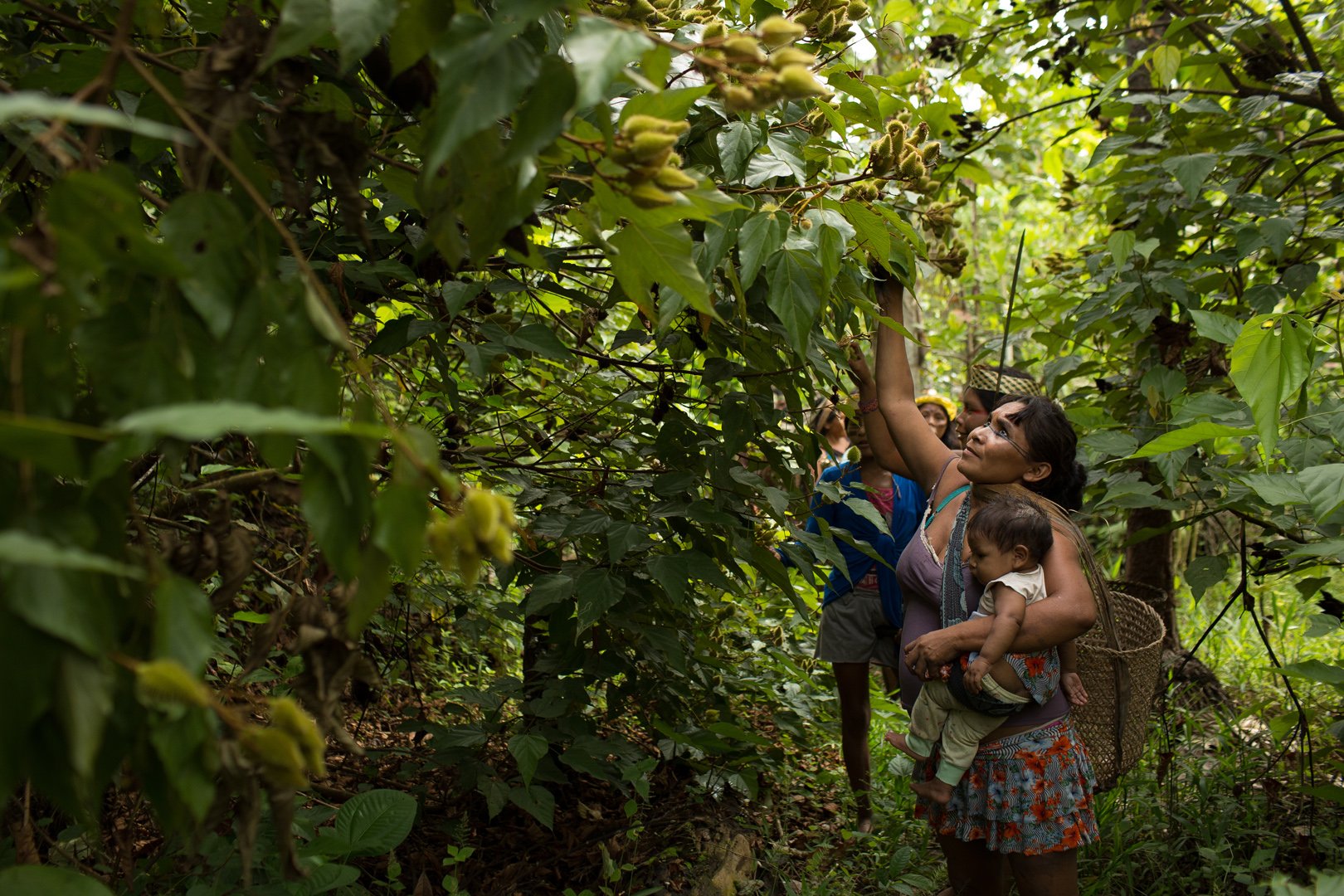 The Amazon is the origin of 25% of pharmaceutical drugs.
The Amazon is the origin of 25% of pharmaceutical drugs.
 Indigenous people of Brazil in a funeral ceremony.
Indigenous people of Brazil in a funeral ceremony.
Indigenous people of Brazil in a funeral ceremony.
"The satellite images of the Amazon burning last year unleashed an unprecedented wave of support for organizations working to protect the rainforest,” John Quigley, founding director of the Artists for Amazonia campaign, told Global Citizen. “My friends at Amazon Watch asked me to help create a bridge to artists and influencers to channel their support into effective action by leveraging the power of their large audiences.”
Given his experience creating numerous artistic projects in the Amazon himself, Quigley says he knows “that we were reaching the tipping point of potential ecosystem collapse.”
 COVID-19 is hitting indigenous communities hard.
COVID-19 is hitting indigenous communities hard.
“I felt that this was the most important issue on the planet because of the function the Amazon provides for global weather stability, its immense biodiversity, and the wisdom of its Indigenous guardians,” he continued. “Losing the Amazon would mean losing life as we've known it and would lead to climate chaos... Protecting the Amazon from collapse must be the highest priority of the global climate movement.”
There are numerous functions that the Amazon rainforest plays for us all, campaigners like Quigley highlight. These include things like: regulating global weather patterns through its sequestration of carbon and immense fresh water systems; being home to at least 10% of the world’s known biodiversity; and being the origin of 25% of pharmaceutical drugs currently in use, even though just 5% of plant species in the Amazon having been studied for potential medicinal benefits.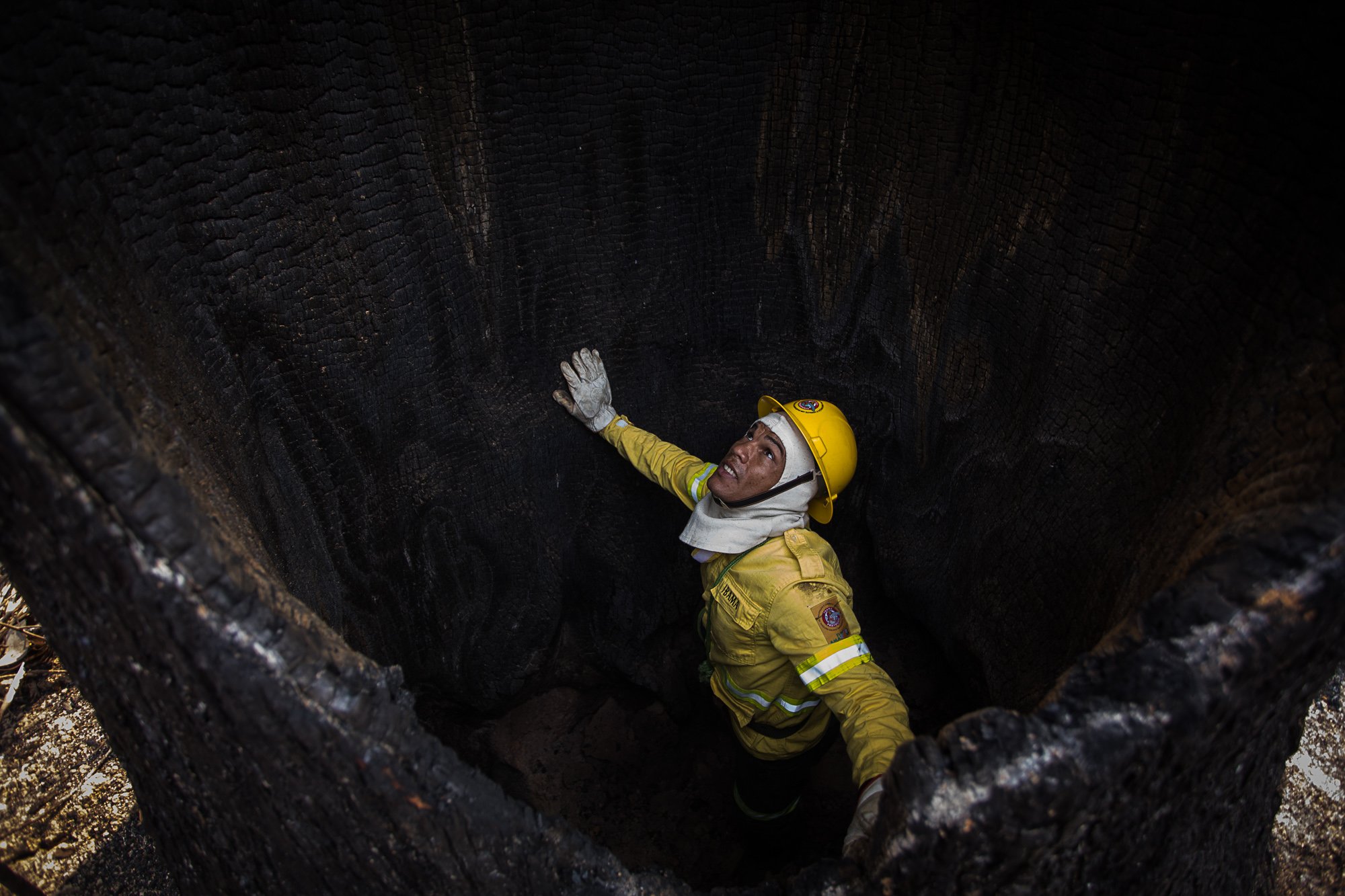 An ancient tree devastated by fire.
An ancient tree devastated by fire.
An ancient tree devastated by fire.
The last point is key for activists in highlighting how much potential there is within the Amazon region to tackle health crises, such as epidemics and pandemics like COVID-19. But it’s a potential for health gains that may be lost as the destruction of the Amazon continues.
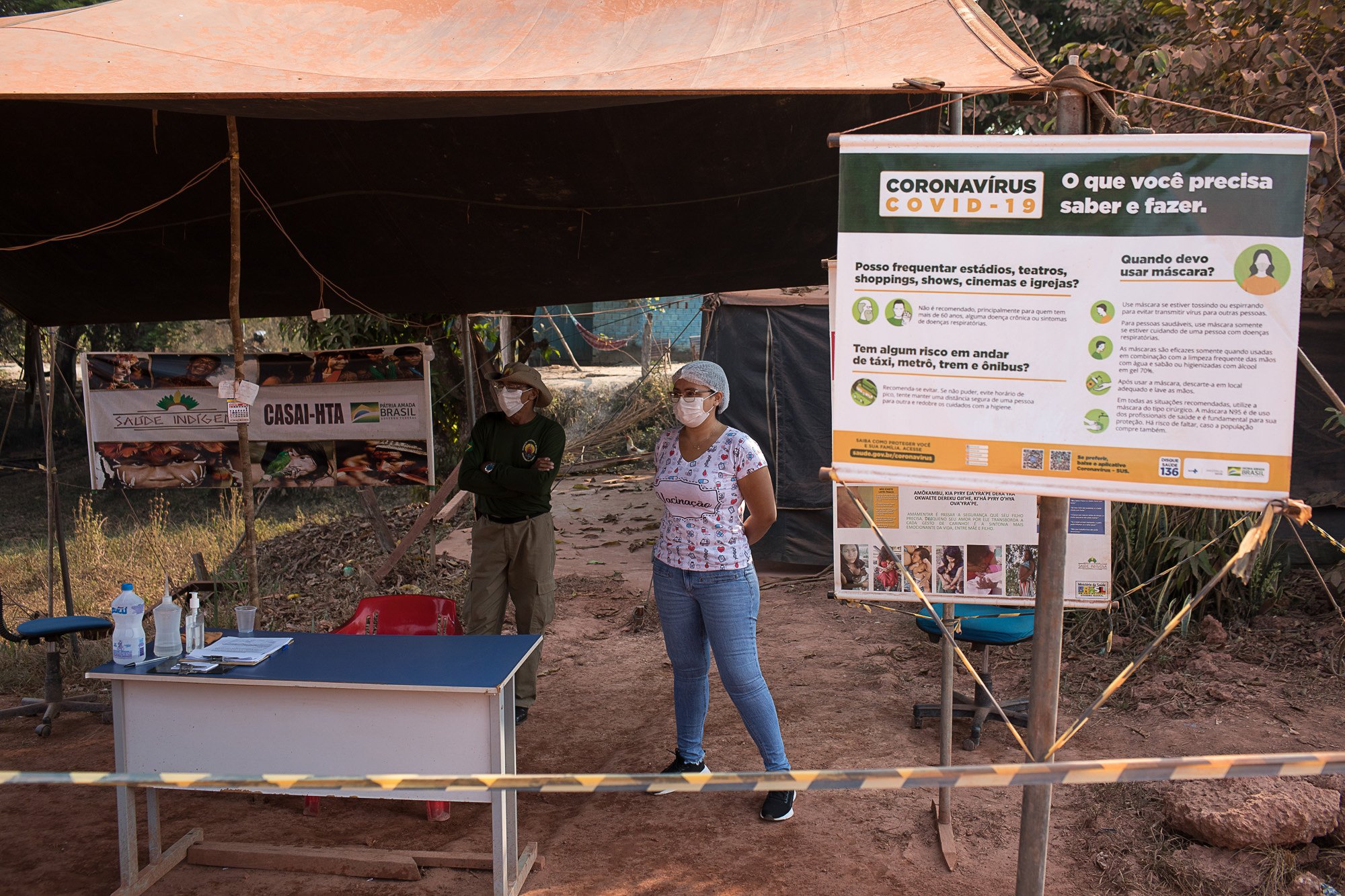 COVID-19 checkpoint in Brazil.
COVID-19 checkpoint in Brazil.
“Rampant deforestation that is pushing the Amazon to the edge of ecological collapse may well be destroying the cures for the current pandemic and other diseases before we've had a chance to discover them,” added Quigley. “We can't let that happen. The world needs to come together to protect the Amazon as a vital organ of the planet.”
Camila Rossi, Brazil communications advisor for Amazon Watch also talked to Global Citizen about the current situation in the country.
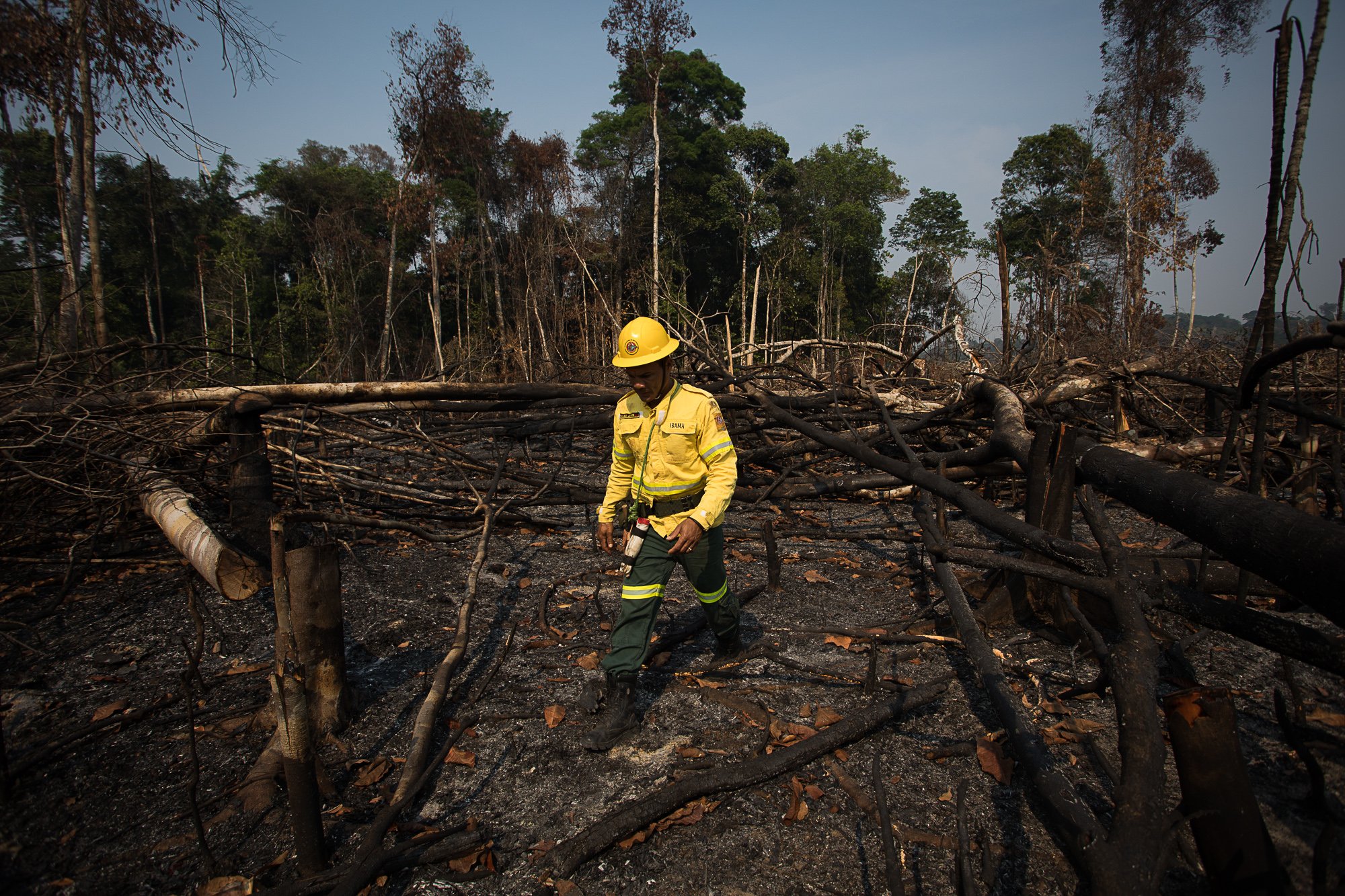 Deforestation and forest fires are linked in the Amazon.
Deforestation and forest fires are linked in the Amazon.
“Deforestation and forest fires are linked in the Amazon,” she said. “Farmers, ranchers, and land speculators in the Brazilian Amazon are continuing to burn forests despite an official three-month government ban on burning in the region.”
“Banning fires alone doesn’t work,” she highlighted. “Protecting the capacity to monitor and stop environmental destruction and to enforce the law is essential. Combating deforestation, which drives the fires, and discouraging the use of fire to clear land is critical to ensure the health of both people and the rainforests.”
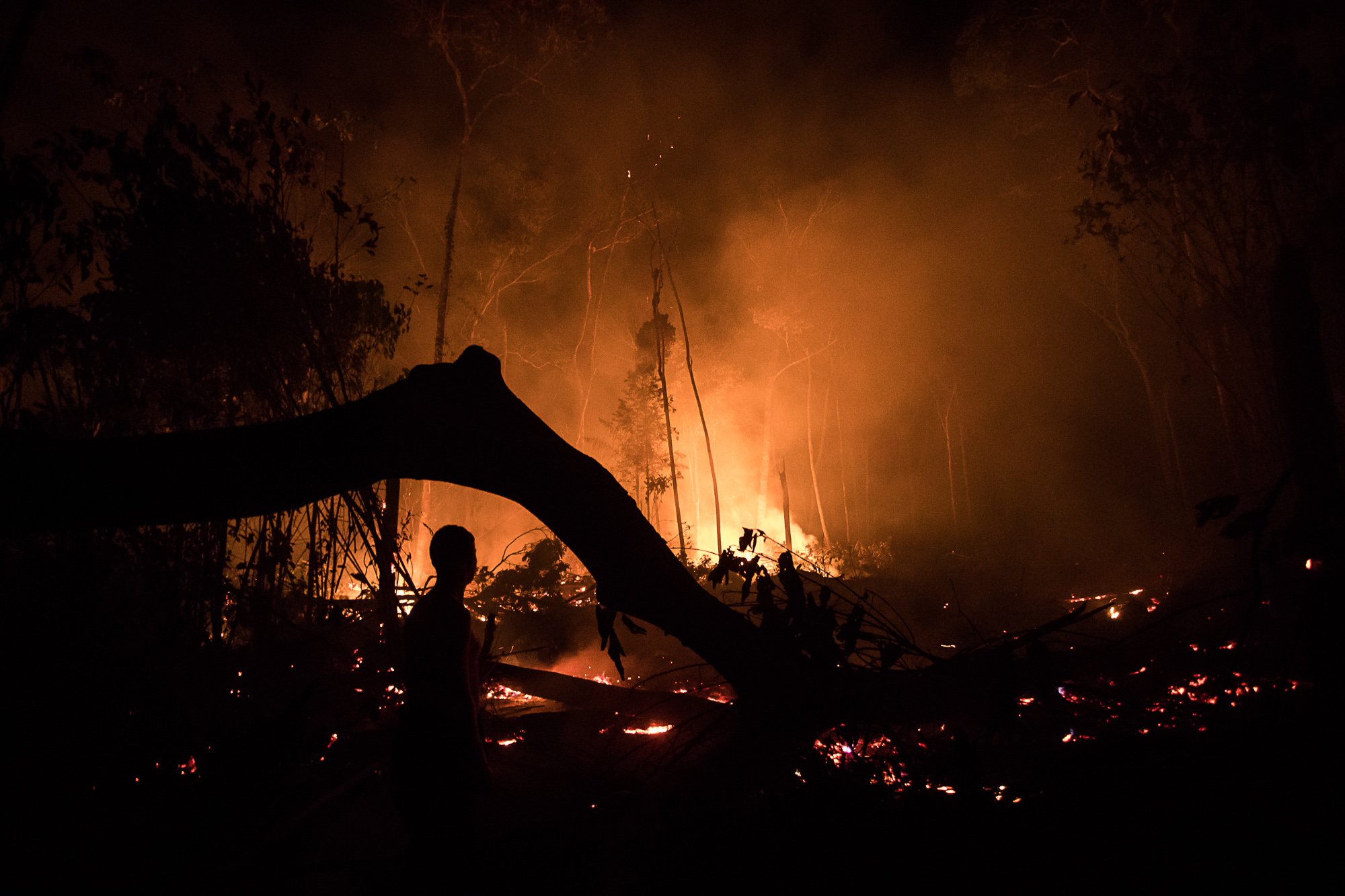 In the past 12 months, over 9,200 square kilometers have been deforested.
In the past 12 months, over 9,200 square kilometers have been deforested.
Rossi emphasised that, last year, deforestation in the Brazilian Amazon hit the highest level since 2008, topping 10,000 square kilometers.
Meanwhile, the latest data released by the country’s National Institute for Space Research (INPE) found that, in the past 12 months, over 9,200 square kilometers have been deforested — an area about 11.5 times as big as New York City. That’s a 34.5% increase from the year before, according to Rossi.
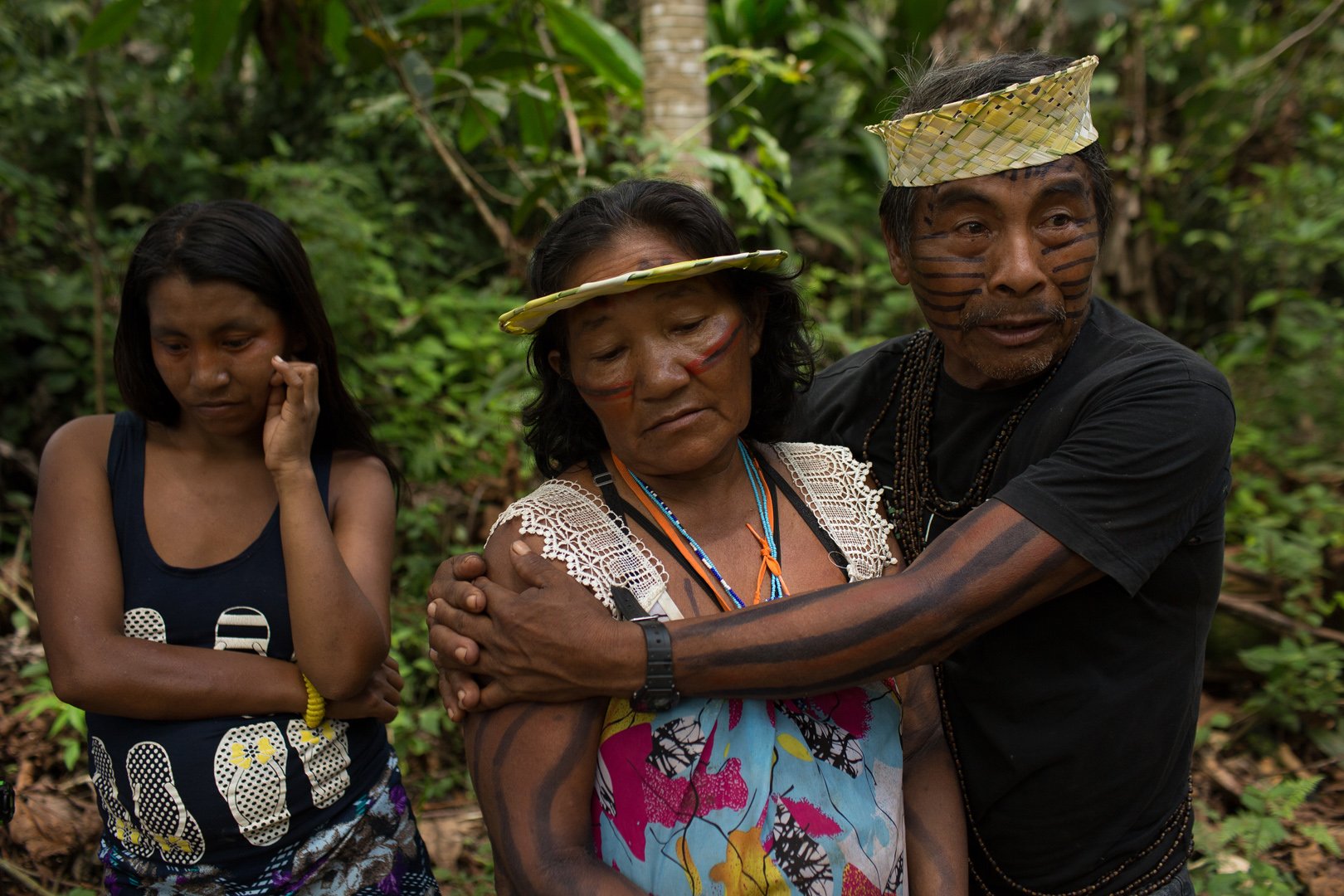 161 communities have tested positive for COVID-19 across Brazil.
161 communities have tested positive for COVID-19 across Brazil.
She added that the official annual estimate of deforestation between Aug. 1, 2019 and July 31, 2020 is expected to top 11,000 square kilometers when it is released this fall.
But, of course, against the context of environmental destruction, the Amazon region is also battling the spread of the coronavirus pandemic.
 The APIB plan provides them health care guidelines.
The APIB plan provides them health care guidelines.
“Indigenous peoples are in a situation of great vulnerability, with a real risk that this new virus will cause another genocide with the potential to decimate entire communities,” continued Rossi.
In fact, more than 38,600 Indigenous people in 161 communities have tested positive for COVID-19 across Brazil, according to the Articulation of Indigenous Peoples of Brazil (APIB), the country’s principal Indigenous federation. Nearly 870 people have died.
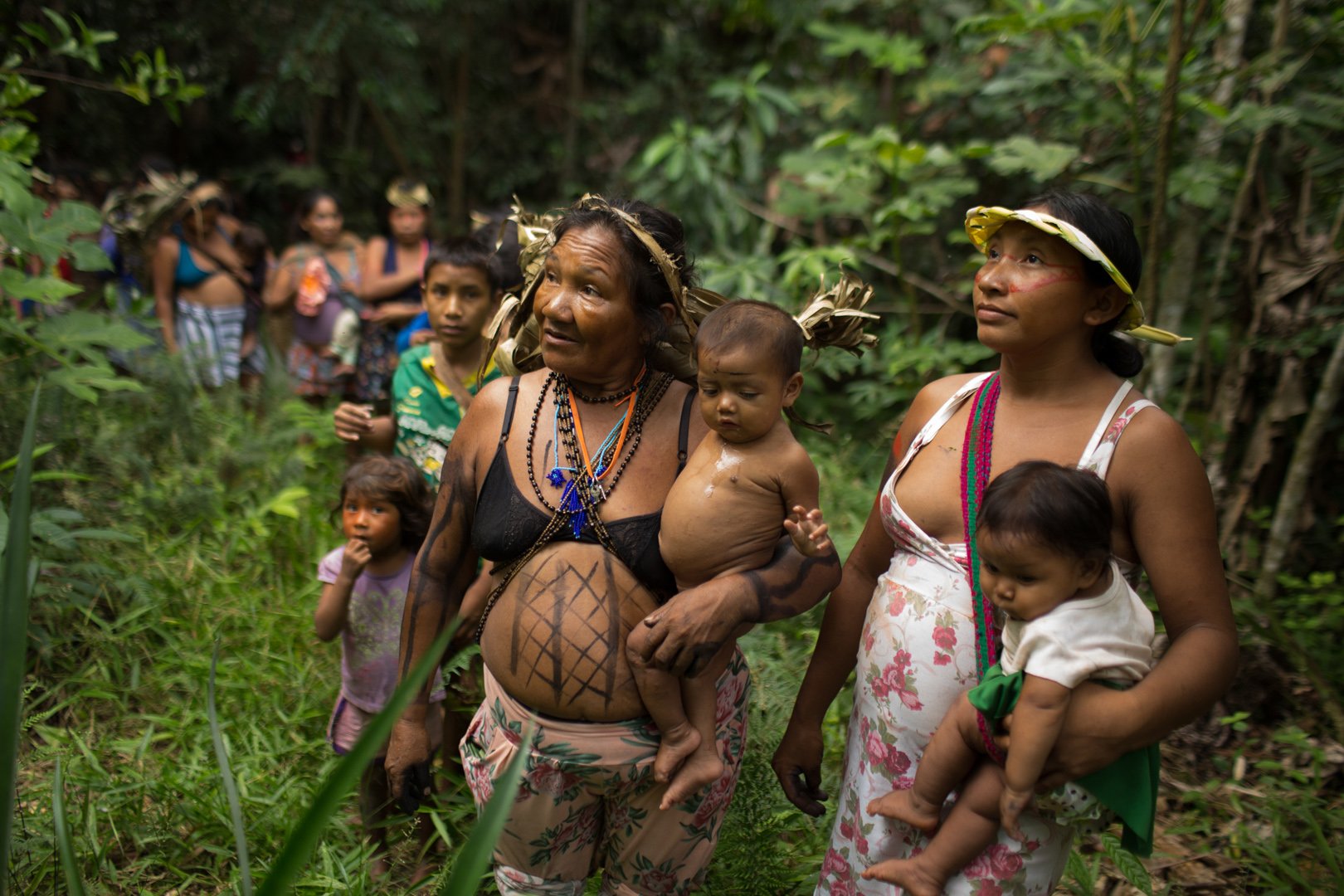 Scientists are now aligning with Indigienous leaders.
Scientists are now aligning with Indigienous leaders.
“Given the Brazilian government’s negligence, APIB built a plan to confront the spread of the COVID-19 pandemic within Indigenous communities, entitled “Indigenous Emergency.” It provides health care guidelines and actions, legal procedures, and communication and information strategies on prevention measures,” said Rossi.
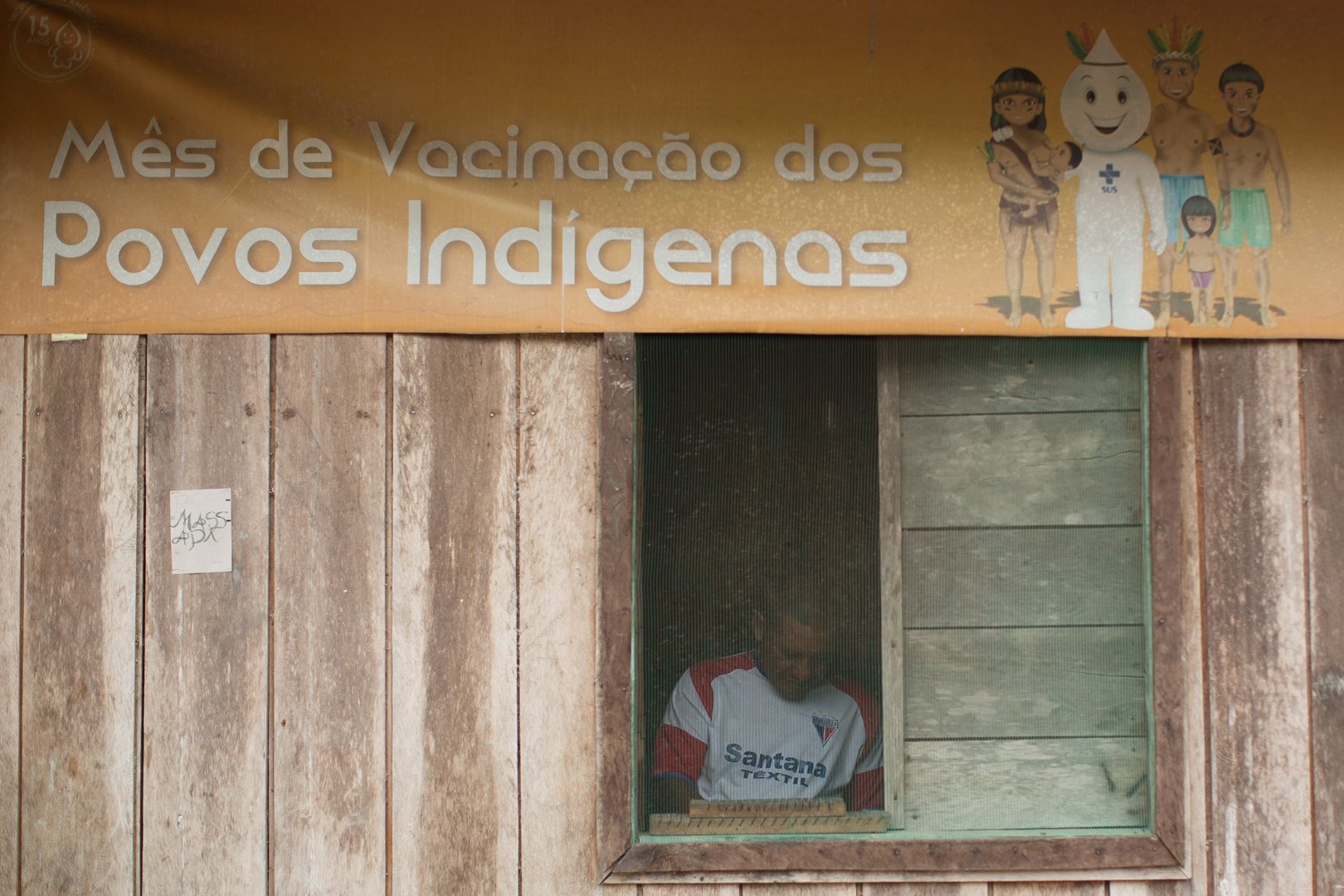 A medical attention space during the month of vaccination for indigenous communities.
A medical attention space during the month of vaccination for indigenous communities.
A medical attention space during the month of vaccination for indigenous communities.
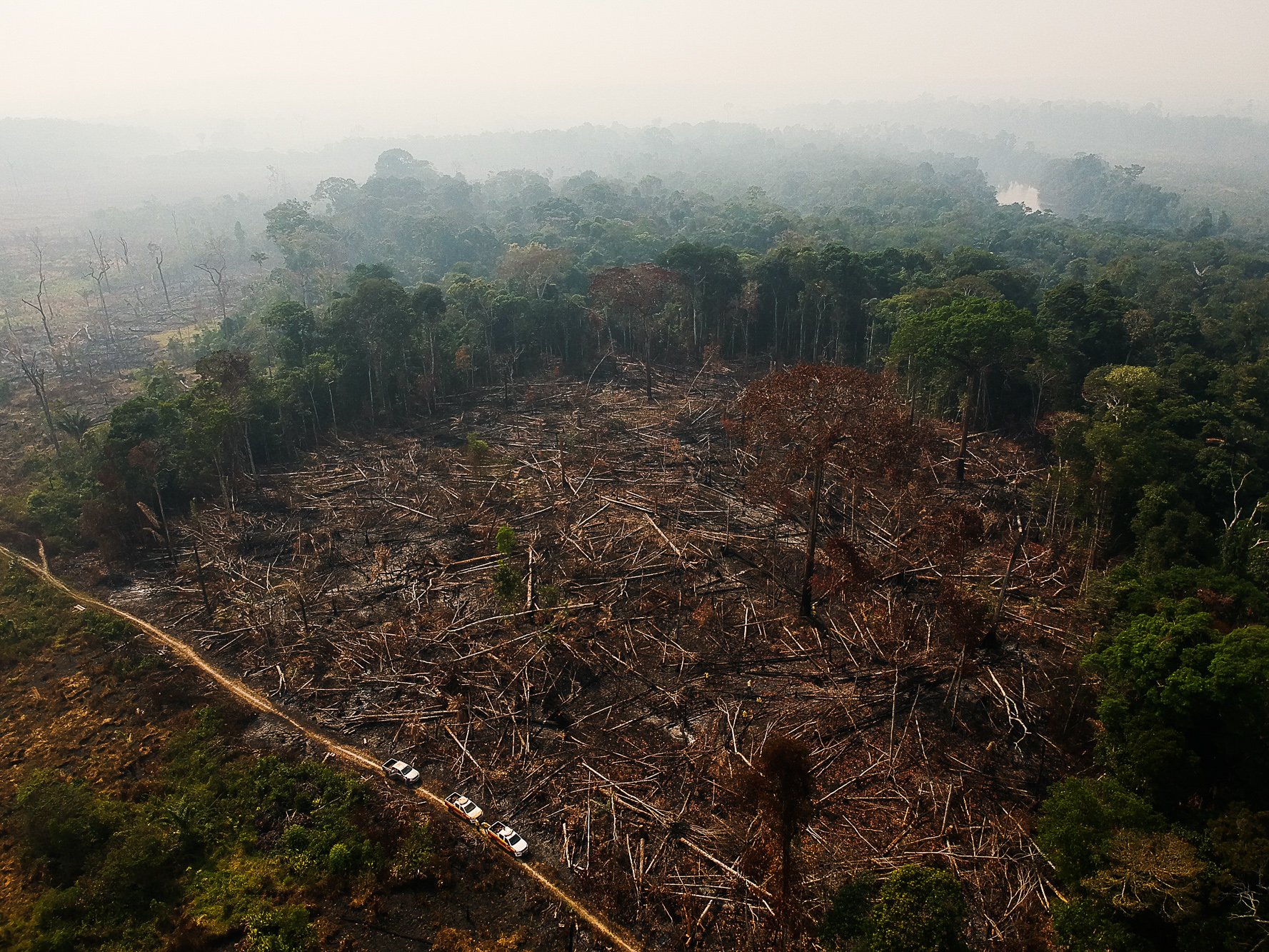 Only in October the region saw more than 17,320 fires.
Only in October the region saw more than 17,320 fires.
In April, responding to calls for international support in the face of the COVID-19 pandemic, Amazon Watch partnered with Indigenous communities, federations, and organizations in the Amazon, to issue a statement in solidarity with their demands calling for an Amazon-wide moratorium on any extractive activity or industry that involves the entering of foreign persons or an increased military presence in Indigenous territories.
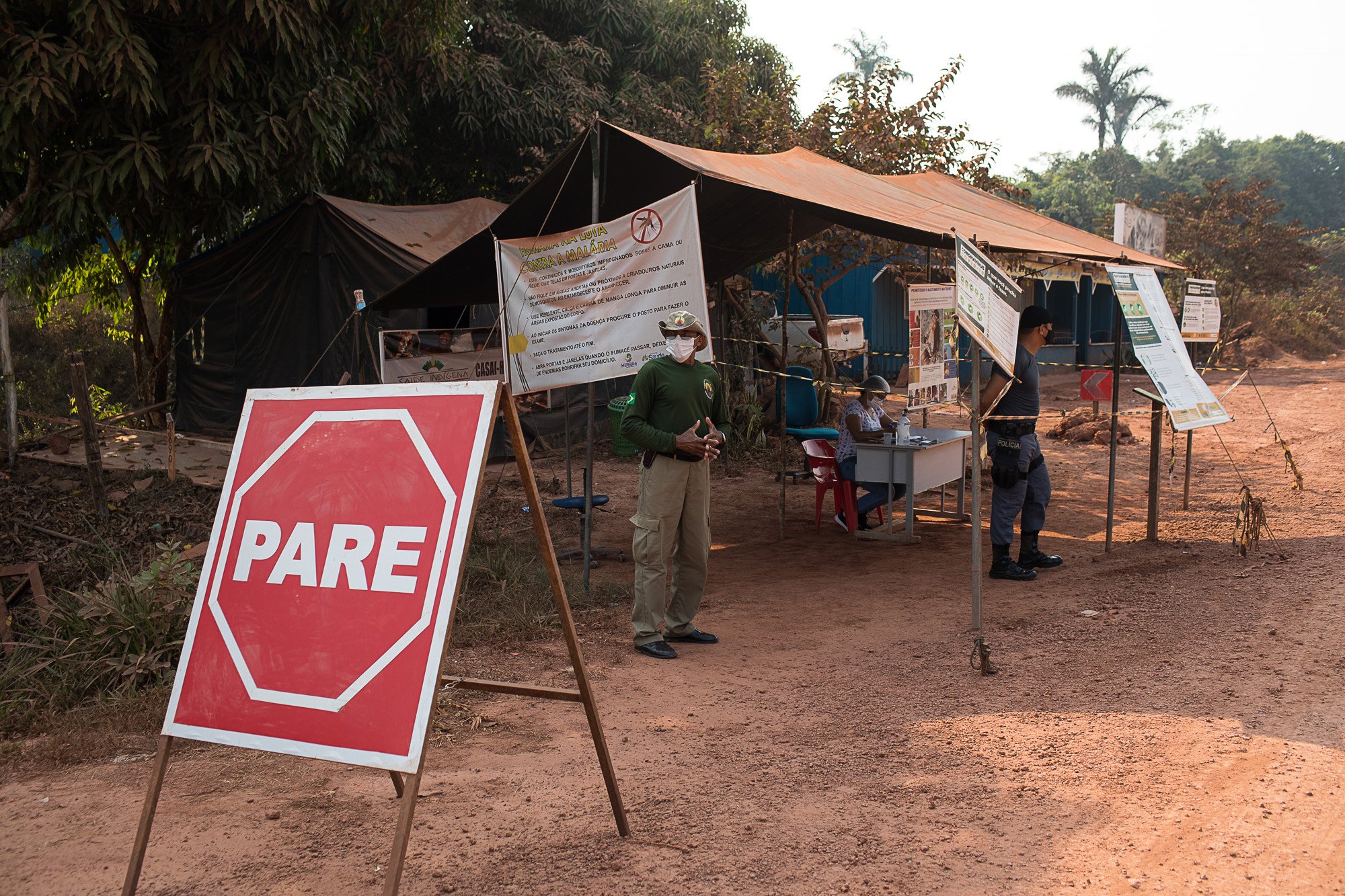 Indigenous peoples are in a situation of great vulnerability.
Indigenous peoples are in a situation of great vulnerability.
“The response to our campaign has been overwhelmingly positive,” Julia Jaye Posin, senior manager of the Artists for Amazonia campaign, told Global Citizen. “I believe it’s because it’s been easy for us to generate allies by showing people how the Amazon Rainforest is an intersectional issue affecting a huge range of other issues.”
“The world's largest investment funds want deforestation to stop, because of the risk to their portfolios, especially as public officials call for divestment,” she continued. “Medical professionals know 25% of all pharmaceutical drugs come from Amazon rainforest plants. Even scientists, who warn about ecological collapse in the Amazon, are aligning with Indigenous leaders. Put simply, the Amazon rainforest is ground zero for our world’s greatest battles, and our audience has recognized us as fighters across all those fronts.”
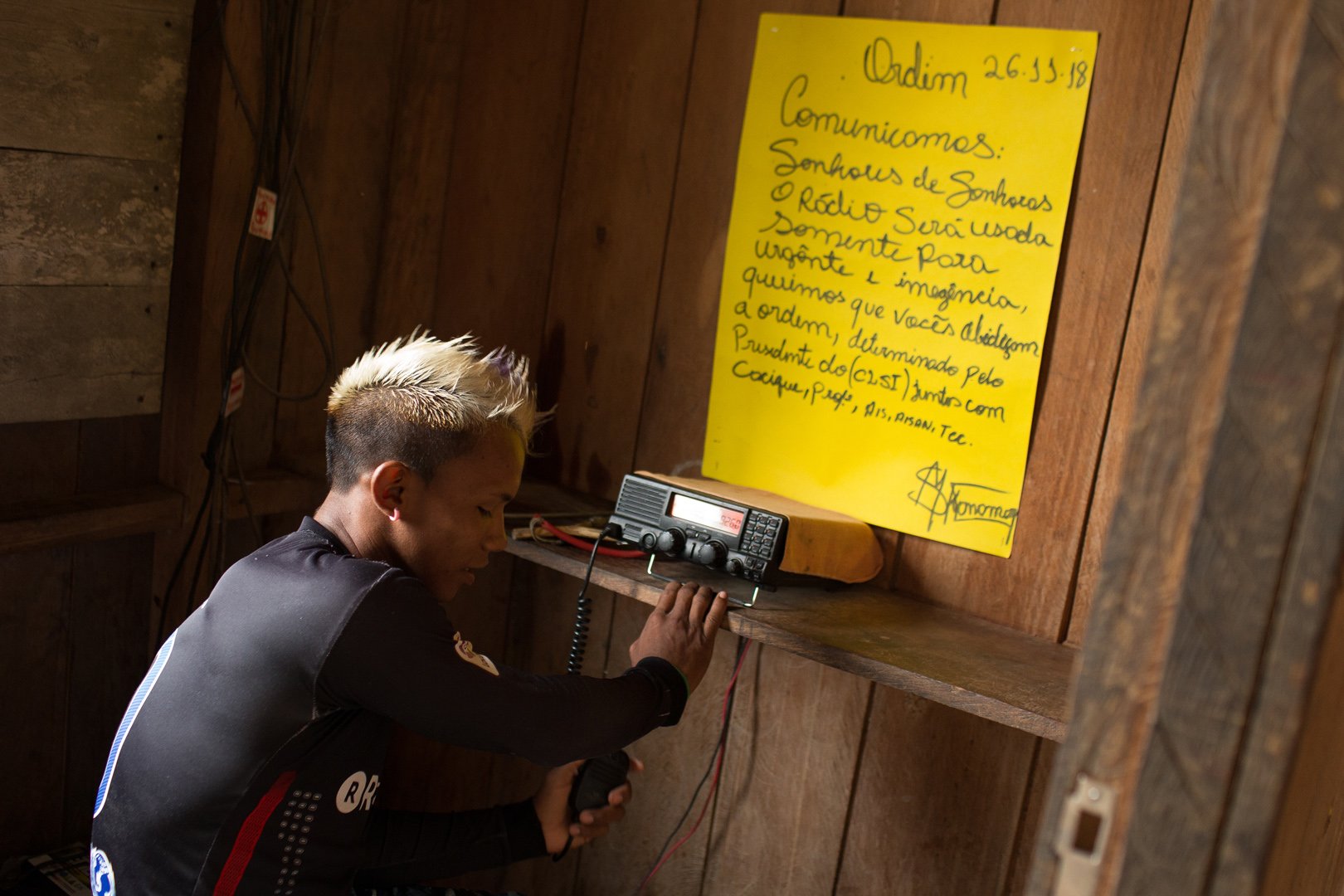 Isolated communities are also affected by the virus.
Isolated communities are also affected by the virus.